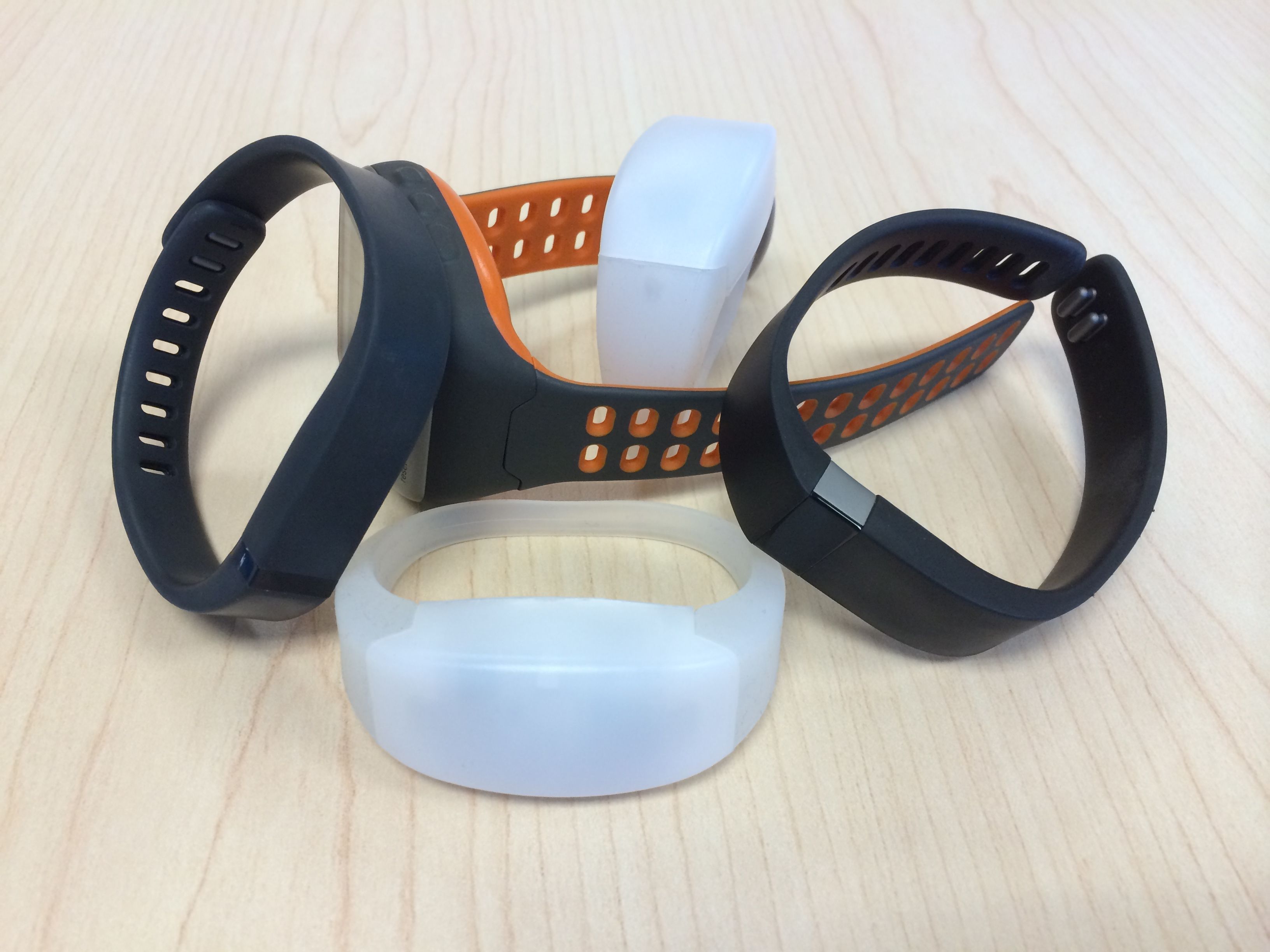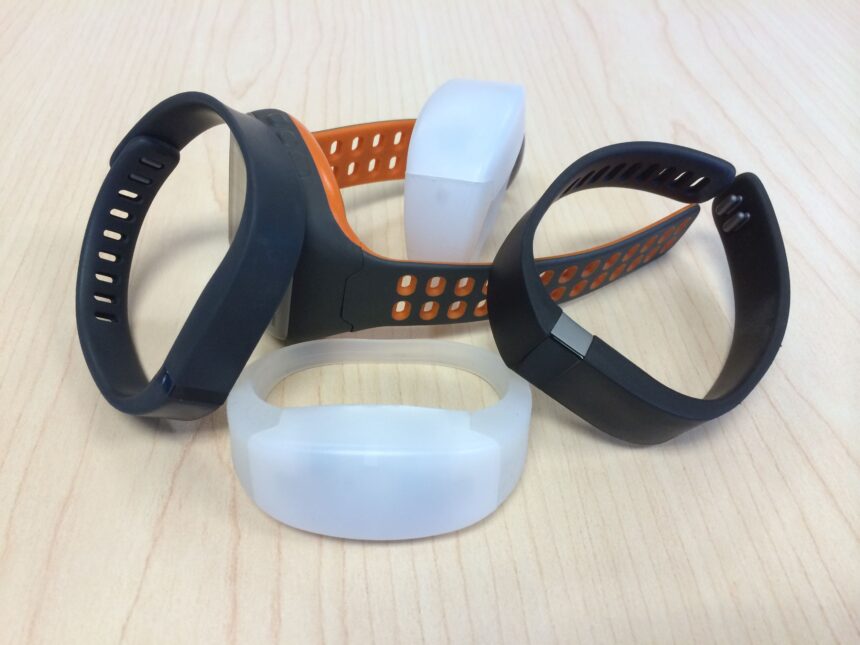 The insurance industry thrives on data. Knowing every little detail about a customer’s life and lifestyle, including the number of miles they walk in a day, the amount of exercise they do as well as their smoking and drinking habits all go a long way in assessing the risk and liability associated with them. No wonder then that the insurance segment is at the forefront of embracing these modern technologies.
The insurance industry thrives on data. Knowing every little detail about a customer’s life and lifestyle, including the number of miles they walk in a day, the amount of exercise they do as well as their smoking and drinking habits all go a long way in assessing the risk and liability associated with them. No wonder then that the insurance segment is at the forefront of embracing these modern technologies.
 The insurance industry thrives on data. Knowing every little detail about a customer’s life and lifestyle, including the number of miles they walk in a day, the amount of exercise they do as well as their smoking and drinking habits all go a long way in assessing the risk and liability associated with them. No wonder then that the insurance segment is at the forefront of embracing these modern technologies. A growing number of employers have already started making use of wearables as part of their corporate wellness programs for the insured staff.
The insurance industry thrives on data. Knowing every little detail about a customer’s life and lifestyle, including the number of miles they walk in a day, the amount of exercise they do as well as their smoking and drinking habits all go a long way in assessing the risk and liability associated with them. No wonder then that the insurance segment is at the forefront of embracing these modern technologies. A growing number of employers have already started making use of wearables as part of their corporate wellness programs for the insured staff.
So what exactly are the possibilities? According to a study conducted by the Boston based ‘Strategy Meets Action’ research group, three percent of insurers are already making use of wearable devices with nearly 22 percent of them in the process of developing a strategy to deploy them. Other studies have predicted that wearable technology would become mainstream in the insurance industry within the next two years.
This presents a host of new opportunities and challenges for the insurance industry. Proponents of wearable technologies argue that such devices provide insurance companies with the much needed data to not analyze the health of the insured, but they may also use predictive analytics to project future ailments that could affect the insured customer. For instance, big data analytics of millions of customers could help insurance companies draw a link between lifestyle and potential ailments. This could help them warn such customers of the impending risks and also raise the premium for specific ailments as these. At the same time, customers with an active lifestyle could see a drop in their premiums as their risk of developing such ailments is relatively lower.
But before the insurance industry can get here, there are a host of challenges to mitigate. The first is definitely the intrusive nature of wearable technology. Despite the benefits that big data provide in this instance, the bottom line is that wearable technology, especially those that pass on data to third party businesses like insurance companies, is deeply intrusive. Even if were to not deliberate on the morality of the issue, hosting such deeply personal details about customers can potentially open insurance companies to a host of lawsuits. Not to mention, this makes insurance database all the more lucrative to cyber-criminals.
Given these challenges, it is nigh impossible to make wearable technology a mandatory requirement for insurance. However, they may be partly mitigated through monetary incentives. Some insurers have already been offering monetary incentives to customers whose fitness trackers record a certain amount of exercise each month. Monetary rewards, including lowering the premiums, go a long way in pushing customers towards a healthier lifestyle which reduces health risks and consequently, the liability for insurers.
While health insurance is one of the main focus areas for big data and wearable tech, these technologies are also impacting the other areas of insurance. A growing number of new insurance companies use wearable technology on automobiles to analyze their usage and offer customers a ‘pay as you go’ premium model that directly correlates to the number of miles driven. The introduction of such innovations have helped low-mileage customers save as much as $500 in premiums each year.
Wearable technology and big data is here to stay in insurance. The clamor about the loss of privacy and threat to security is only going to grow louder in the coming years. But if handled effectively, big data can bring about a dramatic change in the way the insurance industry works. And that is only a good thing for the insurers and the insured.










